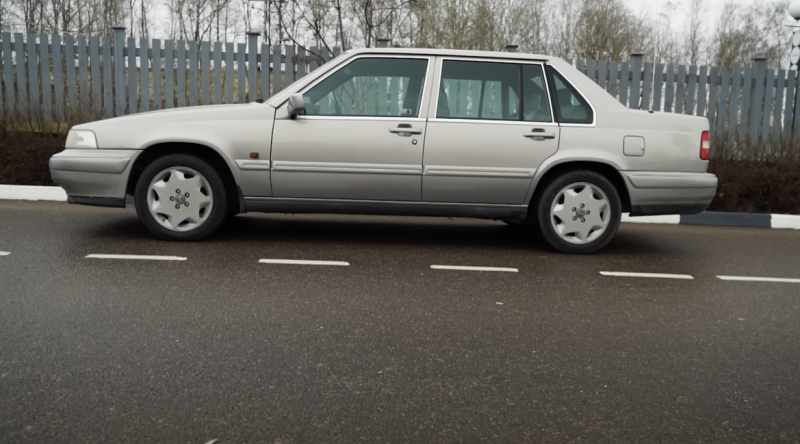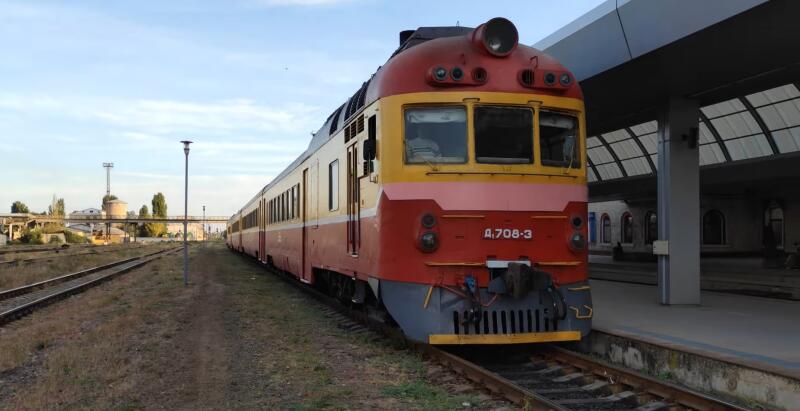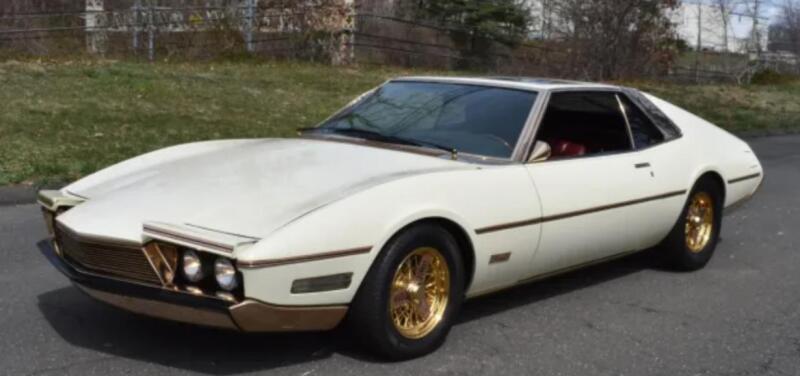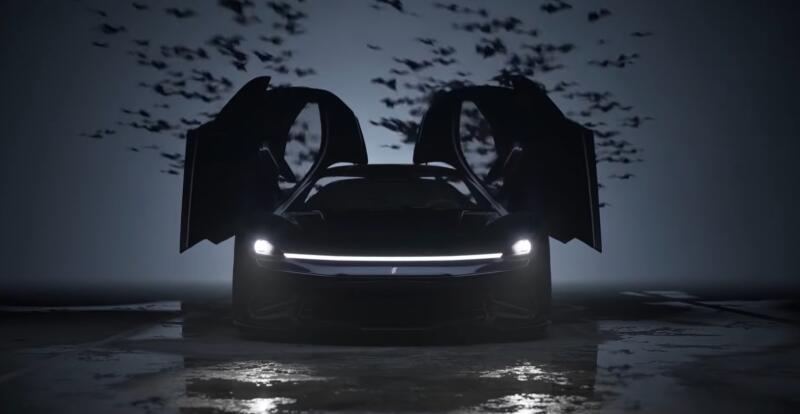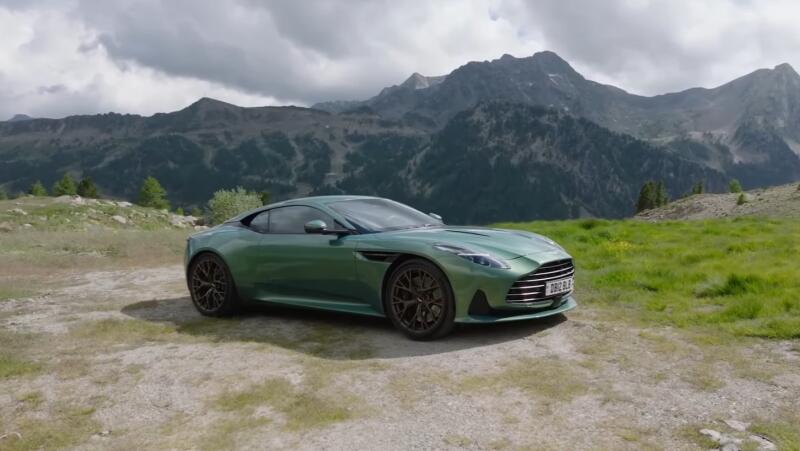But an experimental drive in a single vehicle is one thing, and commercial passenger transportation is quite another. Countries such as Japan and China have been particularly successful in this direction. However, the best results were achieved in the Middle Kingdom, where they not only tested a high-speed train on an experimental site, but also talked about their ambitious plans for the future.
The technical essence of magnetic levitation in a vacuum tube
What prevents you from achieving high speeds? First of all, this is friction: about the earth's surface and air. Magnetic levitation technology provides a solution to this problem. Everything is very “simple”: the train is raised above a special road, which is located in a pipe with reduced pressure. As a result, resistance to movement becomes minimal. There is also a “bonus” that follows from this: greater efficiency in terms of fuel consumption when compared with the same aircraft.
Silent history
The concept is not new and was first voiced by Robert Goddard back in 1910 (according to other sources in 1909) on the pages of Scientific American (USA). The engineer proposed building a vacuum tube, inside which cars would “levitate” on a magnetic levitation. However, the technology of that time did not make it possible to implement or even come close to realizing the idea. The first practical experiments in this direction were carried out by Professor Boris Weinberg (Russia) in the 1910s. Further work was prevented by the First World War. Later, similar experiments were carried out in Japan, Switzerland and some other countries.
 Elon Musk's test capsule. Photo: YouTube.com
Elon Musk's test capsule. Photo: YouTube.comIn practical terms, Elon Musk was the first to turn to the idea of magnetic levitation in a vacuum tube (meaning the commercial use of such transport) in 2012. The well-known head of the space company presented the Hyperloop passenger train project to the general public. But this is only an American development, but what have they really achieved and are planning to achieve in China?
T-Flight tests
They took place in the province of Shanxi (Datong): the project is carried out by the CASIC organization - the state corporation of aerospace science and industry of the People's Republic of China. To conduct the experiment, a pipe about 2 km long with low pressure inside (almost a vacuum) was specially built. To keep friction to a minimum, the inner surface of the “track” was leveled to within 0,3 mm of the ideal. And the total geometric error of the pipe was about 2 mm.
 A Chinese maglev is being transported into a vacuum tube for testing. Photo: YouTube.com
A Chinese maglev is being transported into a vacuum tube for testing. Photo: YouTube.comThese facts alone indicate clear achievements of engineering in the PRC. The return time to normal pressure in the tunnel is only 5 minutes. As a result, the T-Flight train reached a record speed of 623 km/h.
The previous achievement of 603 km/h is the “merit” of the Japanese SCMaglev L0 train.
However, China is not going to stop there: plans for the near future include the construction of a vacuum pipe 60 km long. At this distance, the train will be able to reach a staggering 1000 km/h: that is, the train will move through space faster than a passenger jet.
 The previous Japanese experimental record holder reached 603 km/h. Photo: YouTube.com
The previous Japanese experimental record holder reached 603 km/h. Photo: YouTube.comAnd this is not the limit! In the future, CASIC is going to build a route between the capital of China and Wuhan, on which T-Flight will reach a fantastic 2000 km/h. This is approximately the same distance (1100 km) as from Moscow to Arkhangelsk, which will be covered in 30 minutes. At the same time, the PRC announced specific deadlines: the start of construction of the tunnel is 2026, completion is 2035. Well, let's see...


